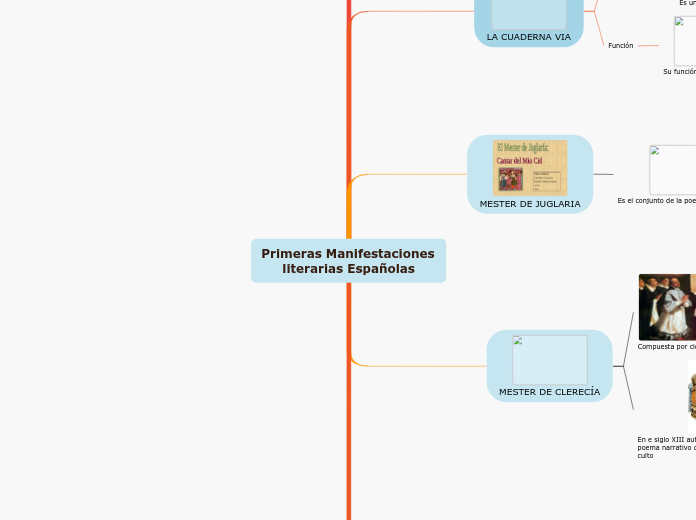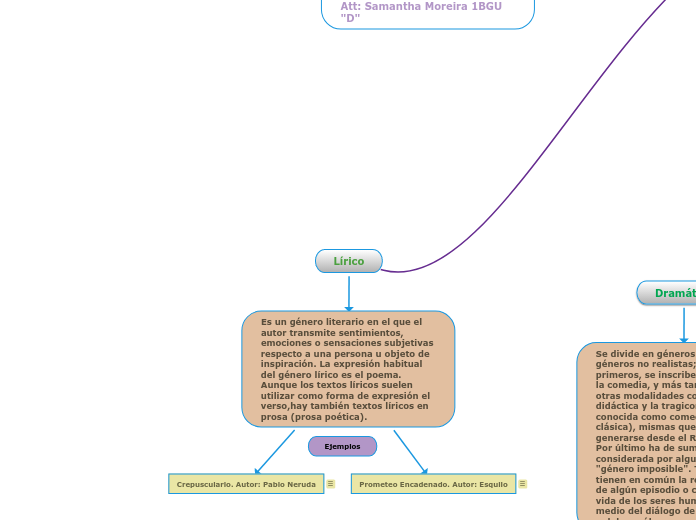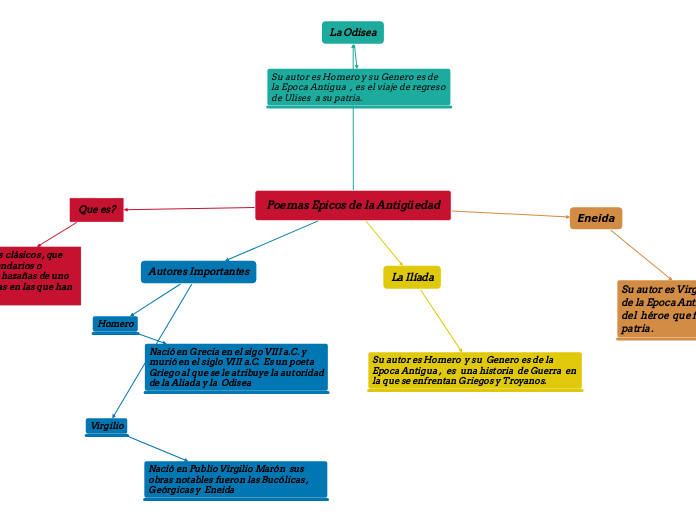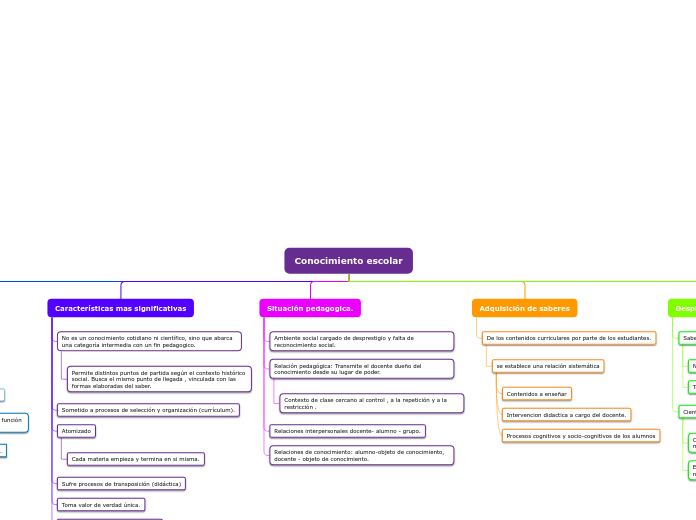Primeras Manifestaciones literarias Españolas
To name your story, you have to think about the overall message and what you want your audience to understand from the story. Also, make it relevant and easy to remember.
LUGARES
The middle of the story is where you add layers of complications that will lead to the end. Reveal more about the character's journey. Did their personality go through changes? How did they overcome the challenges? And as you build up the story’s central conflict, make it more personal to that character. Also, from the middle act, you have to lead into the final act.
LA CORTE
LA TABERNA
There wouldn't be any tension and excitement in your story if there weren't any obstacles in your character's way.
LA BIBLIOTECA
Your character(s) need(s) motivation in order to solve the challenge(s).
LA PAZA
Each story has a main character and that character usually needs to solve a problem or challenge. The character's challenge is the one that creates tension throughout the story.
MESTER DE CLERECÍA
En e siglo XIII autores crearon un nuevo tipo de poema narrativo de intención didáctica y carácter culto
Se caracterizaban por el uso de la cuaderna vía
Compuesta por clérigos
Eran hombres instruidos y no necesariamente eran sacerdotes también podían ser nobles que poseían un conocimiento superior a los triviales.
MESTER DE JUGLARIA
Es el conjunto de la poesía - épica o lirica.
Lo recitaban los juglares para el recreo de nobles, reyes y publico en general.
Que son obras narrativas dedicadas a exaltar las obras de los héroes del momento.
También recitada por juglares.
En el siglo XII aparecieron los cantares de gesta.
LA CUADERNA VIA
The ending of a story is essential. We all know that if the ending is weak, what happened before loses its importance. So make it unpredictable, but fair. A resolved ending answers all the questions and ties up any loose threads from the plot.
Función
This is the closure section of the story.
See examples of possible outcomes below:
- all problems have been solved
- it's clear how each one of your characters ends up
- your main character is transformed by the challenge
Su función es didáctico moral
Try answering these questions to come up with a closure:
- Have all the problems been solved?
- Is there a clear picture of what happens with each character in the story?
- Has the challenge transformed your main character?
- How do the characters feel in the end?
Composición
This is the moment when the main character surpasses the last obstacle and finally faces their greatest challenge.
The climax usually follows one of these patterns:
- realization
- resolution
- choice
Type in your answer.
Es una estrofa formada por cuatro versos de catorce silabas.
Llamados versos alejandrinos que riman entre si en consonante.
JARCHAS
In the beginning of the story (or the exposition), you will need to introduce the setting and characters. You might also want to introduce the main conflict. This part of the story is important because it gives the reader necessary background information and maybe even a first insight into a character’s personality.
¿Quiénes lo componian?
The setting (time & place) of a story can change throughout the plot.
Los poetas árabes o judíos que incluían al final de los poemas en árabe o hebreo
The weather is an important element in your story because it can highly influence the ambiance and the mood of the characters.
¿Qué son?
Characters are essential to a good story. Usually, the protagonist(s) is/are the most affected by the plot. Introduce a character by focusing on their actions, interests, and occupation, as the physical appearance doesn't make a difference in most cases.
Son breves compoiciones liricas de dos, tres o cuatros versos de caracter amoroso.
Type in the name of your character.










